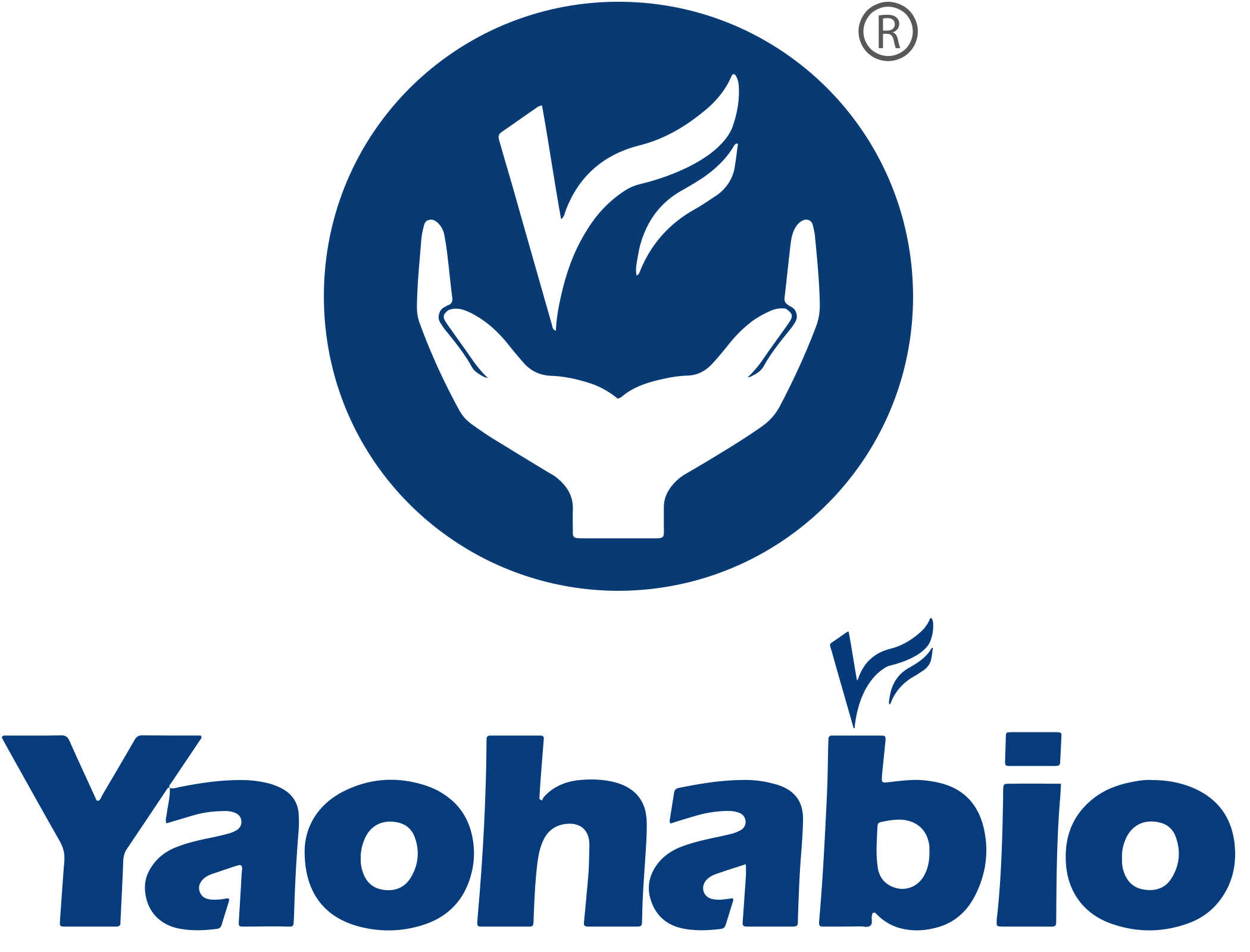Recombinant Enzyme for Therapeutic Use
Therapeutic enzymes obtained through biotechnological processes are widely used for several clinical applications, including enzyme replacement therapy, degradation of accumulated metabolites and toxin, cancer treatment, and genome editing. Several therapeutic enzymes can be produced in microbial expression system.
Recombinant Enzyme as Material
There are several enzymes used in long coding RNA production (e.g., mRNA, saRNA, circRNA), antibody–drug conjugates (ADCs) production, and others. Microbial produced enzymes are more cost-effective than mammalian cell, especially E. coli expression system.
|
Application
|
Enzymes
|
Function
|
|
Enzymes for Linear RNA Production, RNase-free
|
Restriction endonucleases
|
Linearization of plasmid DNA (pDNA) to avoid generating longer transcript.
|
|
T7 RNA polymerase (T7 RNAP)
|
Bind to the T7 promoter and generate specific RNA transcript; Play a key role during in vitro transcript (IVT) reaction.
|
|
Vaccinia capping enzyme
|
Add Cap structures to the 5′ ends of IVT mRNA.
|
|
Pyrophosphatase, inorganic (iPPase)
|
Prevent pyrophosphate during IVT reaction.
|
|
RNase inhibitor, recombinant
|
Inhibit RNase activity during IVT reaction.
|
|
DNase I
|
Remove the DNA template.
|
|
Enzyme for circRNA production, RNase-free
|
RNase R
|
Digest linear RNA and enrich circular RNA.
|
|
Enzyme-mediated glycan conjugation
|
Peptide-N-glycosidase (PNGase F)
|
Cleaves the amide bond between the first saccharide GlcNAc and the Asn297 side chainL; Release glycans from IgG antibodies.
|
|
Bacterial transglutaminase (BTG)
|
Conjugate payloads site-specifically to generate ADCs.
|
|
Sortase A
|
Catalyze the ligation of proteins.
|
|
β1,4-galactosidase
|
Release all terminal galactoses and form a homogenous G0 isoform of the antibody.
|
|
β1,4-galactosyltransferase (Gal-T)
|
Transfer a sugar residue with a chemically reactive functional group.
|
|
α2,6-sialyltransferase (Sial T)
|
Incorporate terminal sialic acid residues into the native glycan structure of an antibody.
|
|
Enzyme-mediated glycan remodeling and glycoengineering
|
Endo-N-acetylglucosaminidase (ENGase)
|
Hydrolyze the β1,4-glycosidic bond between GlcNAcβ1–4GlcNAc of N-glycans; Remove N-linked glycans on the Fc region of IgG antibodies.
|
|
Endoglycosidase S (EndoS)
|
|
|
Glycosyltransferases (GTs)
|
Transfer N-glycan oxazoline to defucosylated IgGs.
|
|
Others
|
Enzymes produced by microbial strain
|
Customized need
|
Recombinant Enzyme as Reagent
Tag Removal Proteases
Fusion tags are often used to improve the solubility and stability of recombinant proteins of interest and make them easier to be purifypurified. The commonly used tags include His-tag, maltose-binding protein (MBP), glutathione-s-transferase (GST), etc.
Typically, a linker sequence is added between the fusion tag and target protein sequence to remove the tag. The removal of fusion tags requires site-specific proteases, such as enterokinase (EK), thrombin, tobacco etch virus protease (TEVp), human rhinovirus protease 3C (HRV3C), small ubiquitin modifying protein (SUMO) protease, tobacco vein mottling virus (TVMV) protease, and carboxypeptidase A/B (CPA/CPB).
|
Type
|
Enzymes
|
Recognition Site
|
|
Tag removal endoproteases
|
Enterokinase (EK), enteropeptidase
|
DDDDK↓
|
|
thrombin
|
LVPR↓GS
|
|
TEV protease
|
ENLYFQ↓G
|
|
HRV3C protease
|
LEVLFQ↓GP
|
|
SUMO protease
|
SUMO tertiary structure
|
|
TVMV protease
|
ETVRFQG↓S
|
|
Tag removal exoproteases
|
Carboxypeptidase A (CPA)
|
C-terminal amino acids, except Pro, Lys and Arg
|
|
Carboxypeptidase B (CPB)
|
C-terminal Lys and Arg
|
Other Proteases, Nucleases and Amidases
|
Application
|
Enzymes
|
Function
|
|
Other proteases
|
Protease K
|
A serine protease that digests proteins by hydrolyzing peptide bonds.
|
|
IdeS, IgG protease
|
IgG degrading enzymes (Ides) that cleave at a specific site of immunoglobulin G (IgG), generating Fab and Fc fragments
|
|
IgA1 protease
|
A proteolytic enzyme that cleaves a specific site in the human immunoglobulin A1 (IgA1) hinge region sequence.
|
|
Nuclease
|
Nuclease
|
Cleaves nucleic acids (DNA or RNA) by hydrolyzing the phosphodiester bonds.
|
|
Restrict enzyme
|
An endonuclease that cleaves DNA at or near specific sites.
|
|
Amidase
|
PNGase F
|
Cleaves between the innermost N-acetylglucosamine (GlcNAc) and asparagine residues of high mannose, hybrid, and complex oligosaccharides.
|
Yaohai Bio-Pharma Offers One-Stop CDMO Solution for Recombinant Enzymes
Reference:
[1] Hennigan JN, Lynch MD. The past, present, and future of enzyme-based therapies. Drug Discov Today. 2022 Jan;27(1):117-133. doi: 10.1016/j.drudis.2021.09.004.

 EN
EN
 AR
AR
 HR
HR
 CS
CS
 DA
DA
 NL
NL
 FI
FI
 FR
FR
 DE
DE
 EL
EL
 IT
IT
 JA
JA
 KO
KO
 NO
NO
 PL
PL
 PT
PT
 RO
RO
 RU
RU
 ES
ES
 SV
SV
 IW
IW
 ID
ID
 LV
LV
 LT
LT
 SR
SR
 SK
SK
 SL
SL
 UK
UK
 VI
VI
 ET
ET
 HU
HU
 TH
TH
 TR
TR
 FA
FA
 AF
AF
 MS
MS
 BE
BE
 MK
MK
 UR
UR
 BN
BN

